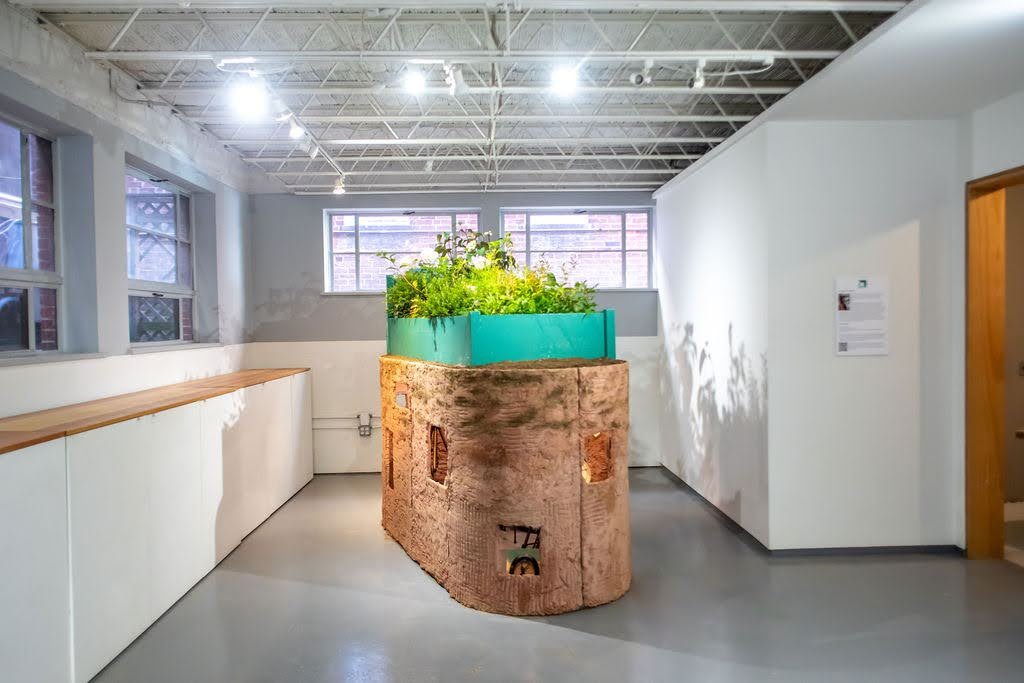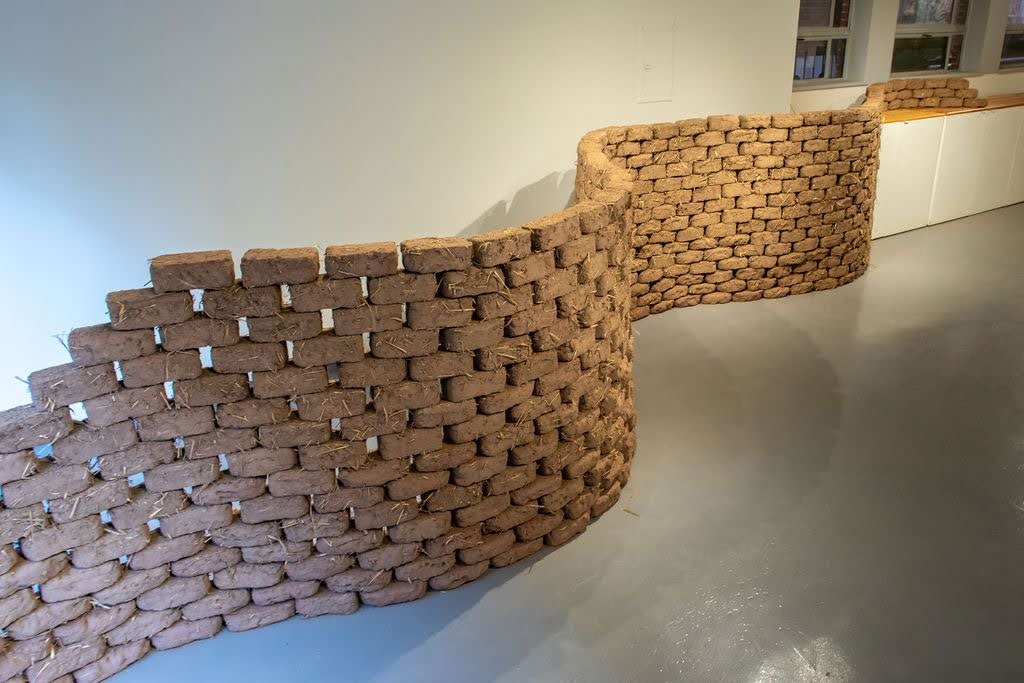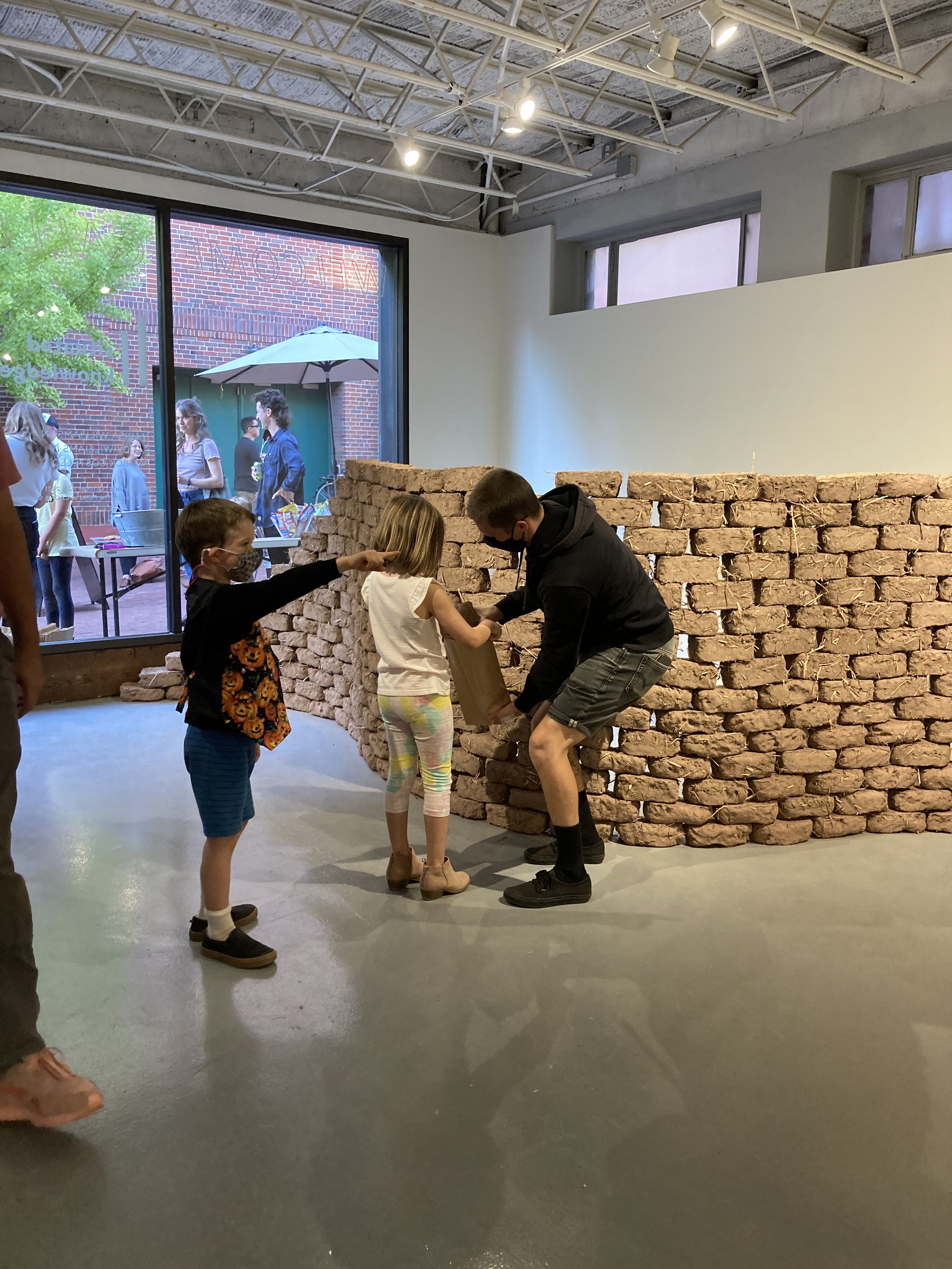New City Arts presents Situated Knowledge, an exhibition featuring sculpture by Marisa Williamson, Sandy Williams IV, and Patrick Costello. This exhibition is presented by The FUNd at CACF and sponsored by Lisa M. Draine.
New City Arts' Welcome Gallery
114 3rd St. NE, Charlottesville, VA 22902
First Fridays
October 1, 5:00–7:30 PM
Free and open to the public. All ages welcome.
Gallery Hours
Wednesday–Friday, 12:00–6:00 PM
Exhibition Events
Sandy Williams IV and Lisa Woolfork: Artist Conversation: October 18 at 7:30PM (Virtual)
Patrick Costello and Federico Cuatlacuatl: Artist Conversation: October 25 at 7:30PM (Virtual)
Marisa Williamson and Tori Cherry: Artist Conversation: October 28 at 7:30PM (Virtual)
Covid-19 Visitor Policy
In order to accommodate families with kids under the age of 12 who are not yet eligible for a COVID-19 vaccine, and in accordance with CDC guidance, masks are required at all times for all visitors.
Sponsors
This exhibition is presented by The FUNd at CACF and sponsored by Lisa M. Draine.
Exhibition Statement (courtesy of Marisa Williamson)
This exhibition brings together three artists with a shared interest in local, embodied, and situated knowledge. These artists have spent formative years in Charlottesville. They are perhaps haunted by it. Patrick Costello earned a BA in Printmaking from the University of Virginia in 2008. Sandy Williams IV earned a B.F.A. from UVA in 2016. Marisa Williamson was UVA’s Ruffin Distinguished Artist in Residence in 2018. She returned this year as an Assistant Professor of Visual Art with a research focus on Blackness.
Their works in the exhibition invite participation and interactivity. They are born of performative practices; queer and intersectional feminism, black feminist theory, and the ongoing contestion of monuments in public space and memory. The works aim to make visible the intangible. They are about shadows: shadows in architecture, historical narratives, and the collective consciousness around this specific place.
The dimensions of Sandy Williams IV’s sculpture were inspired by a Charlottesville cross burning that was recorded in local newspapers. The report is remembered thus: “A cross was burned in this neighborhood, at Cherry Avenue and Apple Street, near Ridge Street, on 15 August 1950. Three white men left the scene before they could be identified. The cross was made of burlap bags and boards. It was small at only 2 and a half feet high. Police made a routine investigation, but assistant Police Chief James E. Adams claimed that they could not determine the identity of the men or the reason for the cross burning.”
By building a wall that curves, Thomas Jefferson estimated that 25% fewer bricks could be used as compared to a straight wall. The curved wall supports itself while being only one brick thick instead of two. The structure is inherently messy and unstable. Patrick Costello’s wall invokes Jefferson’s serpentine walls at the University of Virginia, believed to obscure the enslaved workers behind the Academical Village. Each brick in Costello’s wall is embedded with native perennial grass and wildflower seeds; local ecotype seed mixes uniquely well-suited to support biodiversity and ecological health in central Virginia. Gallery visitors are invited to take a brick away with them and plant it. In dismantling the wall, the viewer actively transforms the structure — this is not a piece advocating erasure, but rather one concerned with composting racist architectures and crumbling mythologies, making seeds and clay into thriving meadows of possibility.
Williamson’s sculpture is a plinth of air-dried clay. It supports a bed with a garden growing out of it. A version was installed once in 2018 on the Downtown Mall, again in 2019 outside the University Cemetery, and in a handful of galleries, always changing to better embody an elusive subject: the foremother. Over several years, Williamson has channeled the persona of Sally Hemings in her performance and multimedia work. This iteration features speculative artifacts specific to this site, Main Street, where Hemings likely spent her final years. The artifacts can be further activated using augmented reality.
Much of what the artists are doing is augmenting the visible reality with anachronistic apparata, spiritual equipment, tools of transformation. “It is in the intricacies of these visualization technologies in which we are embedded” Donna Haraway writes, “that we will find metaphors and means for understanding and intervening in the patterns of objectification in the world that is, the patterns of reality for which we must be accountable.”
The artists experiment with gestures that remediate erasure, taking into account the unaccounted-for. They engage in a certain type of feminist archaeology — a practice of dismantling that which was designed to hide and to obscure. At the same time, the works cannot hide the struggle. Our ‘problem,’ to summarize Donna Haraway’s thesis in Situated Knowledges: The Science Question in Feminism and the Privilege of Partial Perspective, is how to have, simultaneously, a traumatic knowledge of painful legacies and at the same time not be defined, disillusioned, and dismantled by that knowledge.
Costello maintains a small wildflower meadow on his Brooklyn roof. He hopes you use his work to start your own. Williamson looks forward to becoming a mother in December. Williams’ work never shies away from vulnerability and its immense power to transform and unite. In these ways and others, their practices and the works in this exhibition are about the future. They celebrate wild imagining and utopian possibility. At the heart of all three artists’ practices is collaboration. It is a time-tested strategy for cultivating what Haraway prescribes as a multiplicity of local knowledges; knowledges that they are thrilled to share in the presentation of this show.
About the Artists
Marisa Williamson is a project-based artist who works in video, image-making, installation and performance. She has produced site-specific works at Storm King Art Center (2016), the Metropolitan Museum of Art (2016), and SPACES Cleveland (2019), and by commission from Monument Lab Philadelphia (2017), and the National Park Service (2019). Her work has been featured in exhibitions at Artpoetica, SOHO20, and BRIC in Brooklyn, The Elizabeth Foundation for the Arts (NYC), Vox Populi (Philadelphia), Mana Contemporary Chicago, Human Resources (LA), and Centro per l'arte contemporanea Luigi Pecci in Prato and Stefania Miscetti gallery in and Rome, Italy. Williamson has been awarded grants from the Graham Foundation, Rema Hort Mann Foundation and the Arthur and Elizabeth Schlesinger Library on the History of Women in America. She was a participant in the Skowhegan School of Painting & Sculpture in 2012 and the Whitney Museum’s Independent Study Program in 2014-2015. Williamson holds a BA from Harvard University and an MFA from CalArts.
Sandy Williams IV is an artist and educator currently based in Richmond, VA. Williams likes to task audiences with agency, in order to generate public and private opportunities for collaborative engagement. Currently an Assistant Professor of Art at the University of Richmond. Recipient of the New York Community Trust Van Lier Fellowship and the VMFA Artist Fellowship. Resident at Atlantic Center for the Arts (FL), SOMA (CDMX), ACRE (Chicago). Exhibitions and performances at the Virginia Museum of Contemporary Art, The Harnett Museum of Art at the University of Richmond, the Institute of Contemporary Art at VCU, New Release (NYC), De Boer Gallery (LA), Springsteen Gallery (Baltimore), NADA House (NYC). Solo shows at Reynolds Gallery (Richmond) and Second Street Gallery (Charlottesville).
Patrick Costello’s work spans the disciplines of drawing, sculpture, gardening, and theater. Patrick completed his MFA in Combined Media at Hunter College in 2018. Patrick’s work has been exhibited at the Museum of Contemporary Art Detroit, 601 Artspace (New York), Second Street Gallery (Charlottesville), and Socrates Sculpture Park (Queens), as well as independent and alternative spaces nationally and abroad including Cinema Balash (Brooklyn), Space 1026 (Philadelphia), and Trance Pop (Tokyo). He has performed in venues including Ars Nova (New York), the Eugene O'Neill Theater Center (Waterford), the Philadelphia Museum of Art (Philadelphia), Space Gallery (Portland), Ohranimo Tovarno Rog (Ljubljana), and a sheep farm in Waikawa, New Zealand. Patrick has held residencies with New City Arts (Charlottesville), ACRE (Chicago), and HewnOaks Artist Colony (Lovell). Patrick lives and works in a seven-person collective house in Brooklyn.
Photos and bios courtesy of the artists.
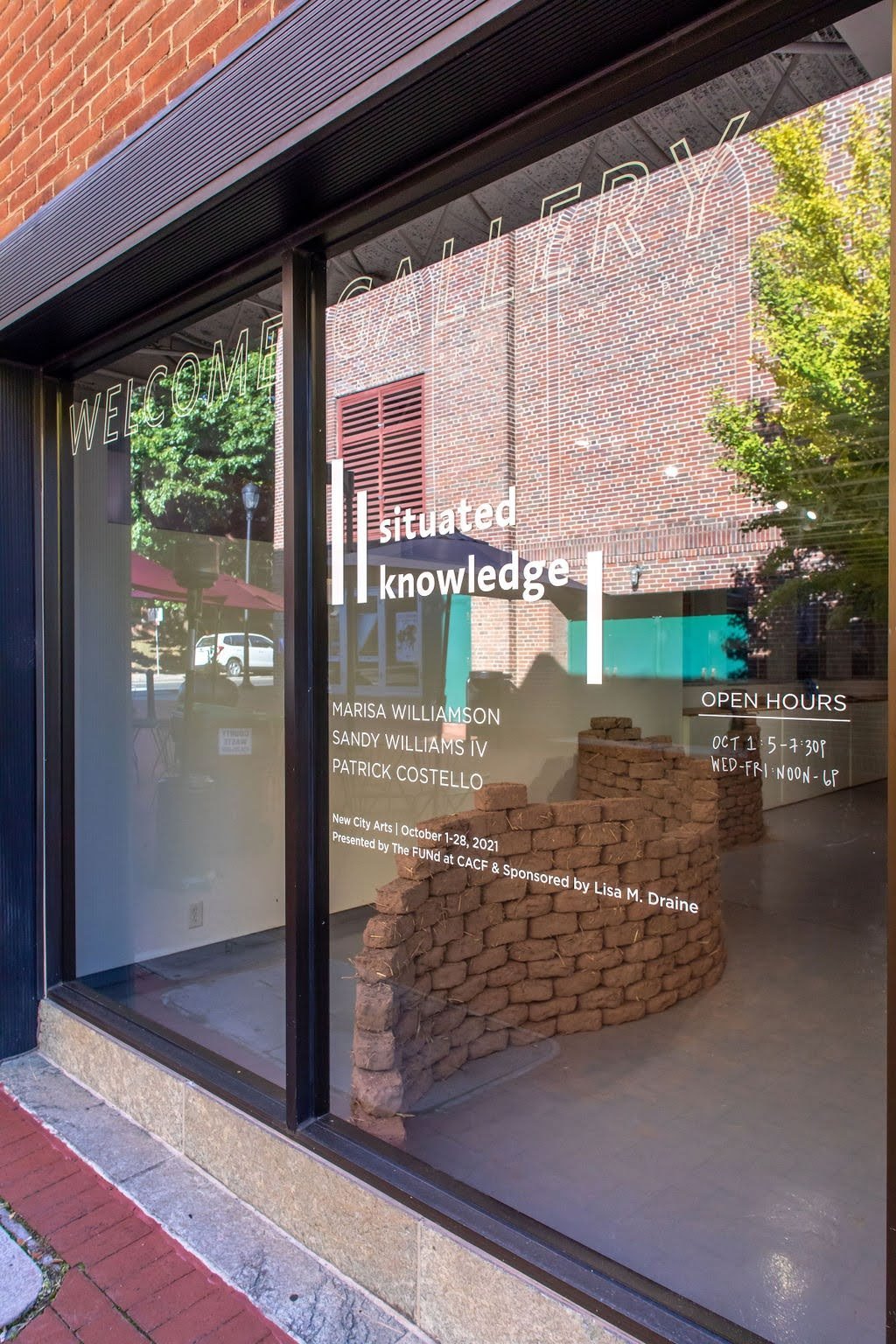
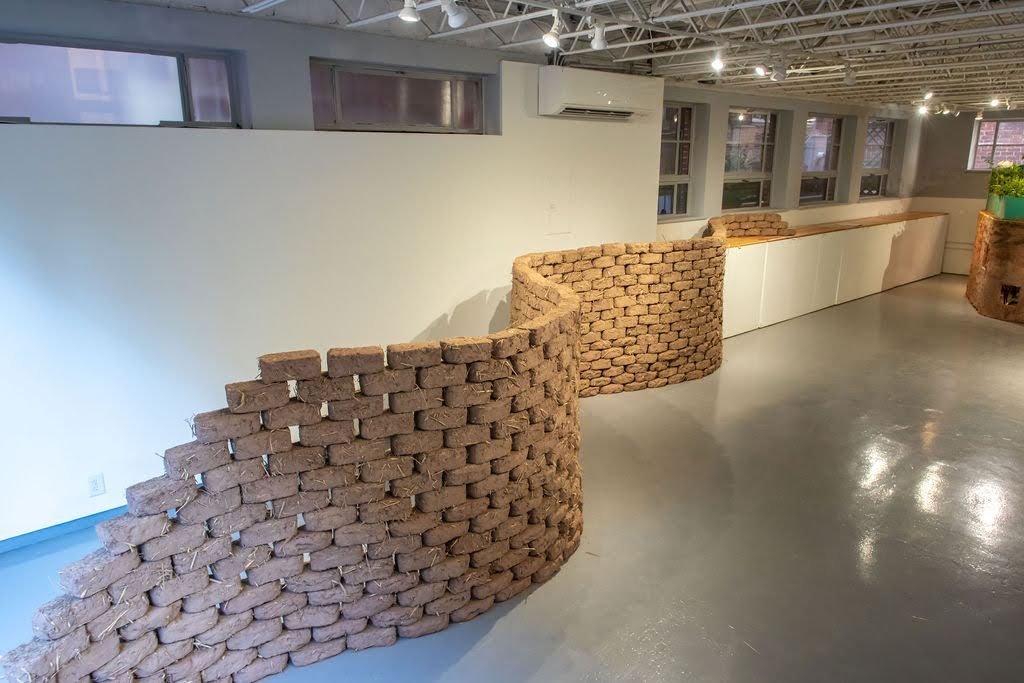
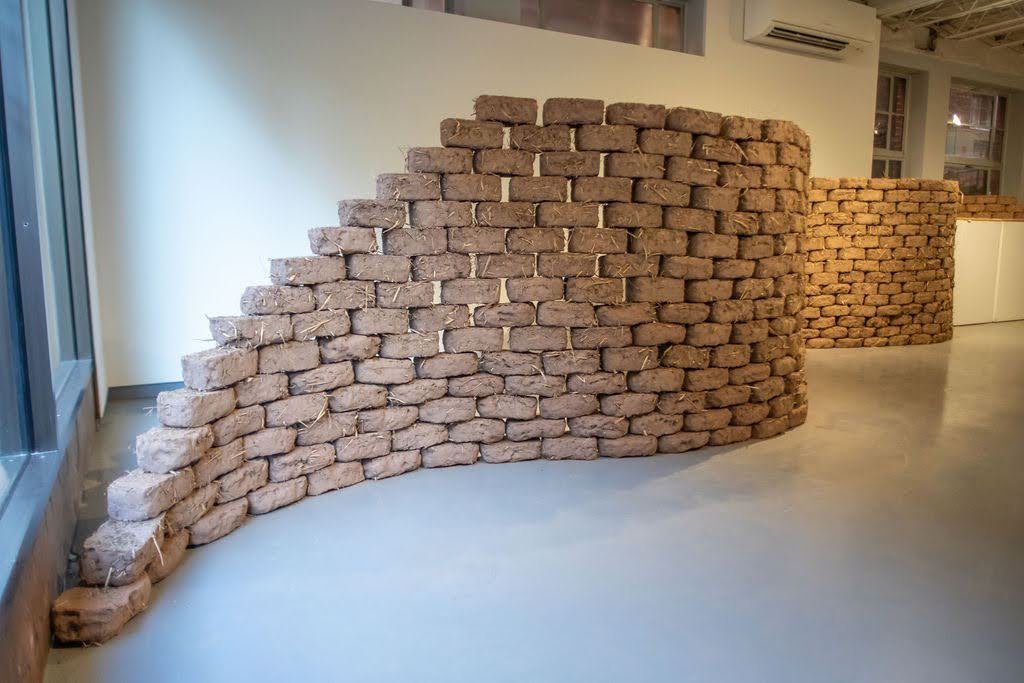
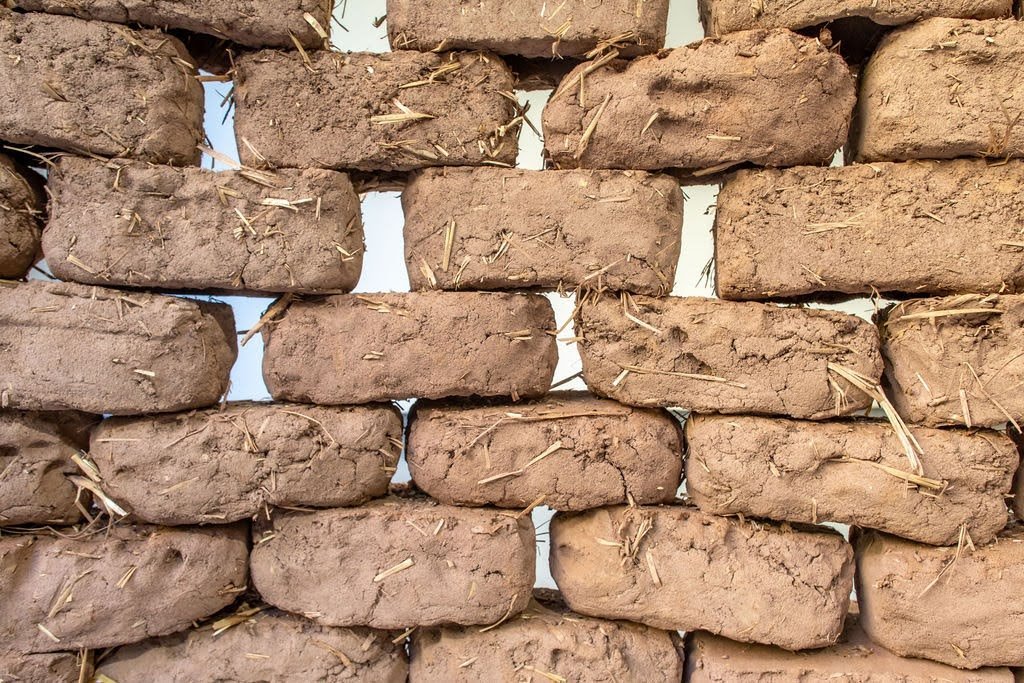
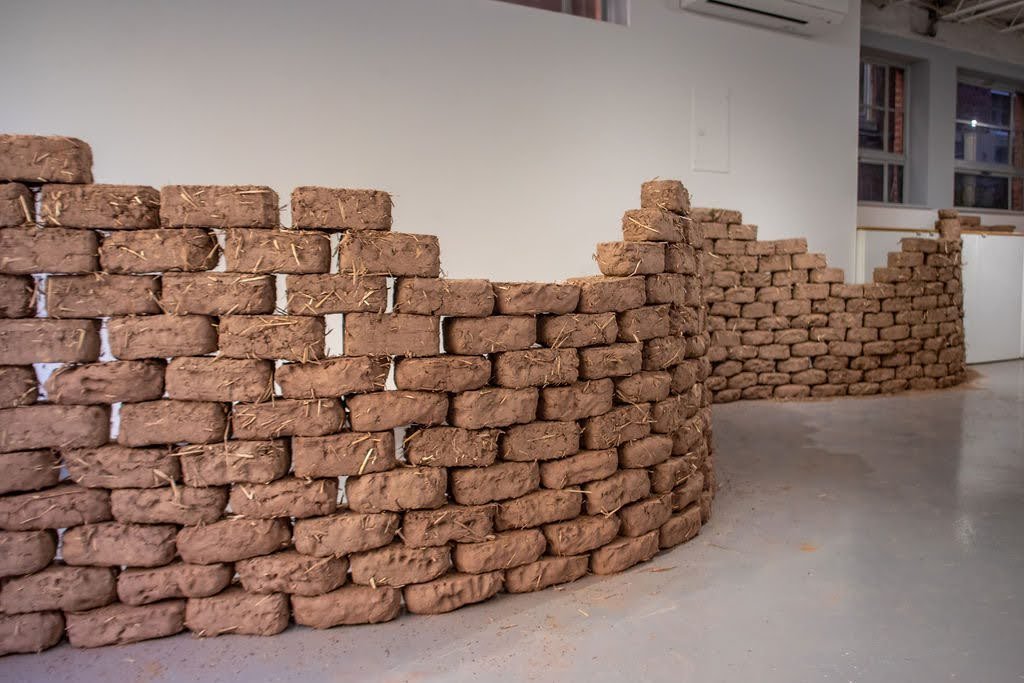
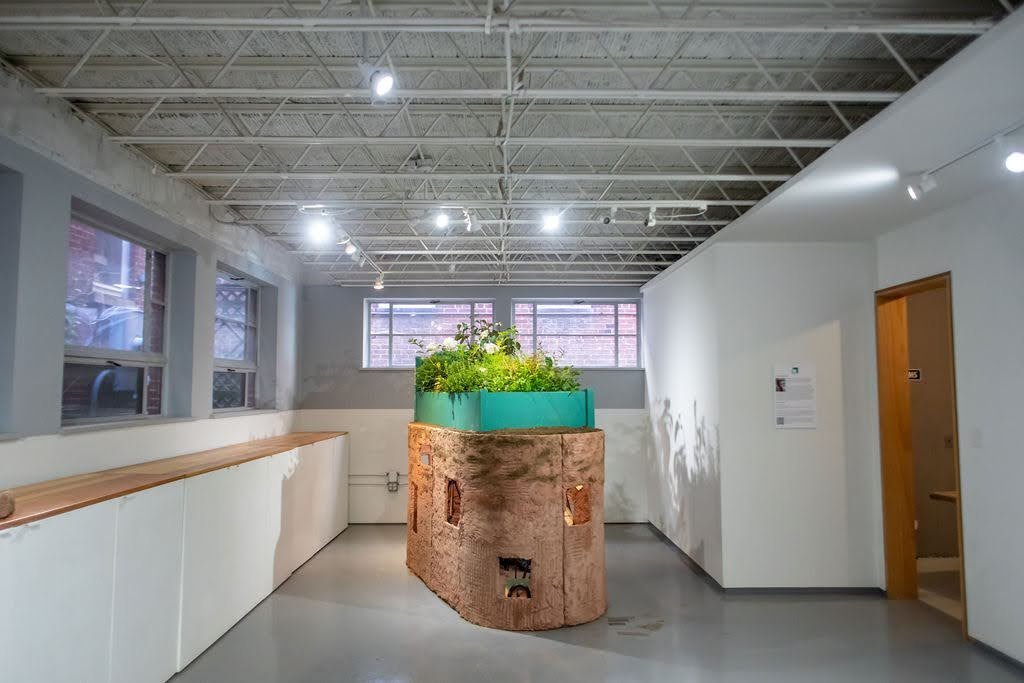
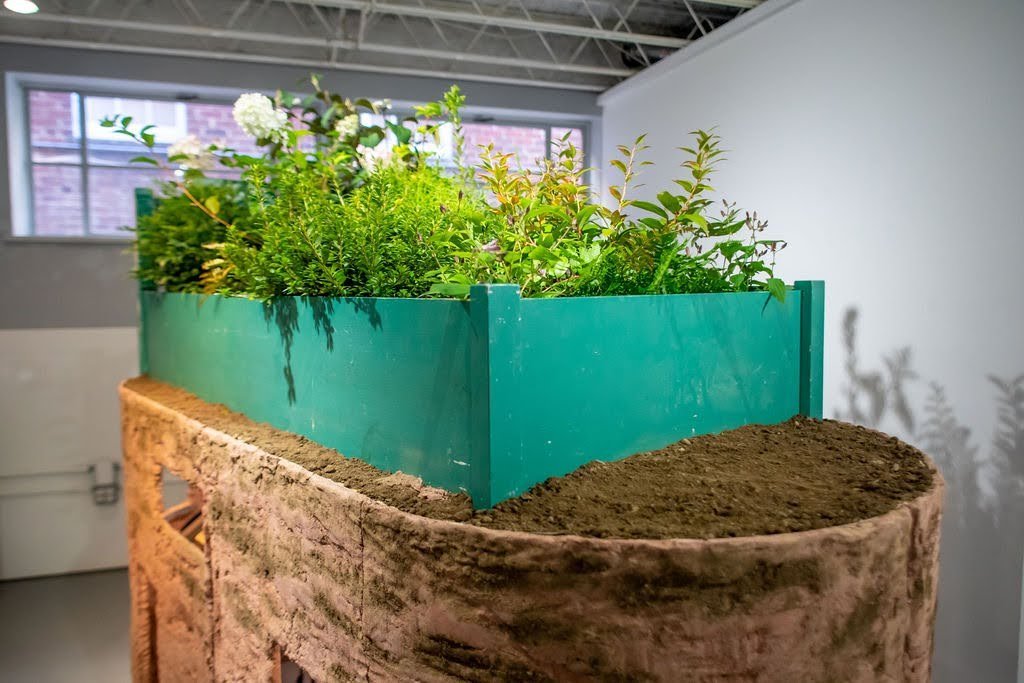
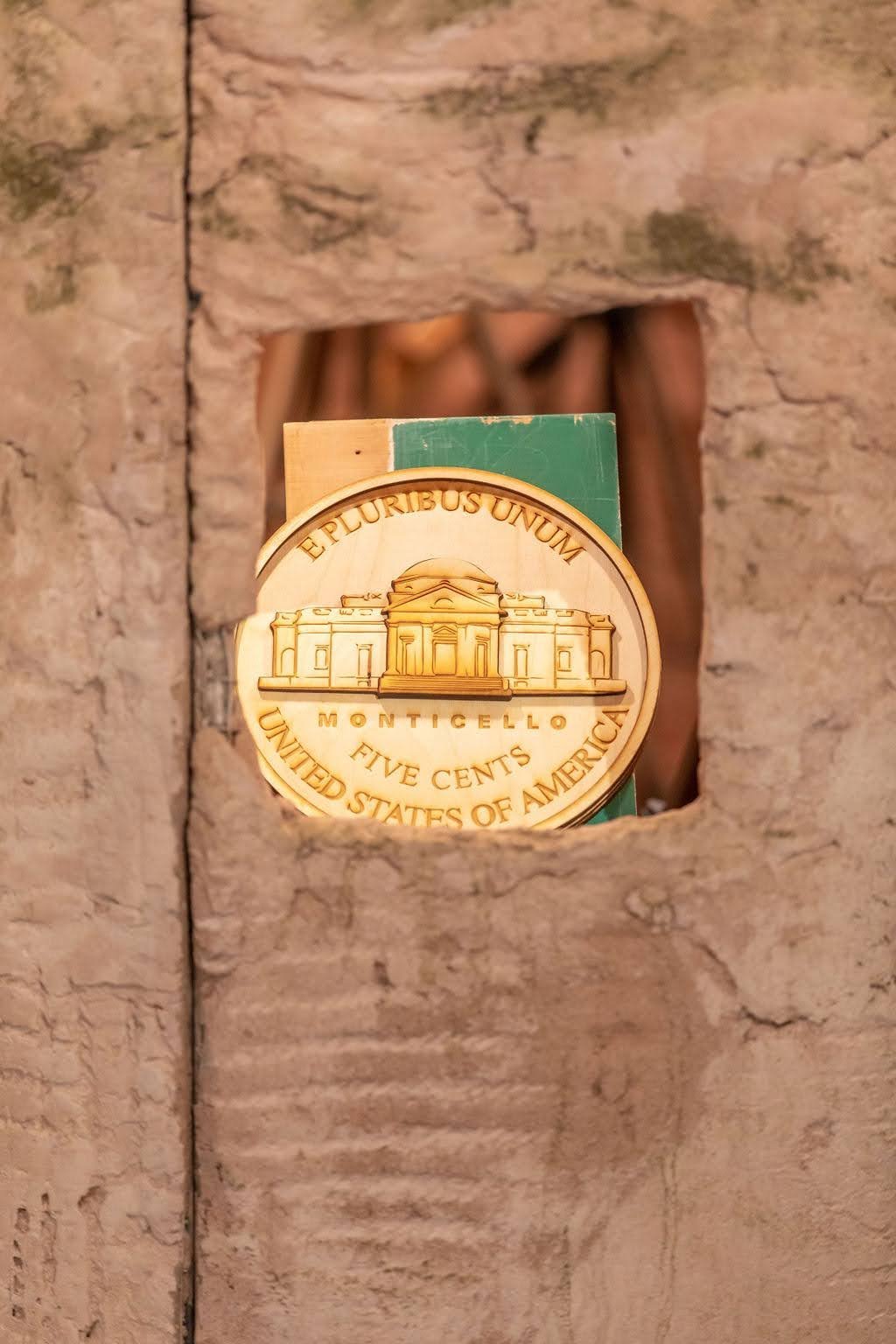
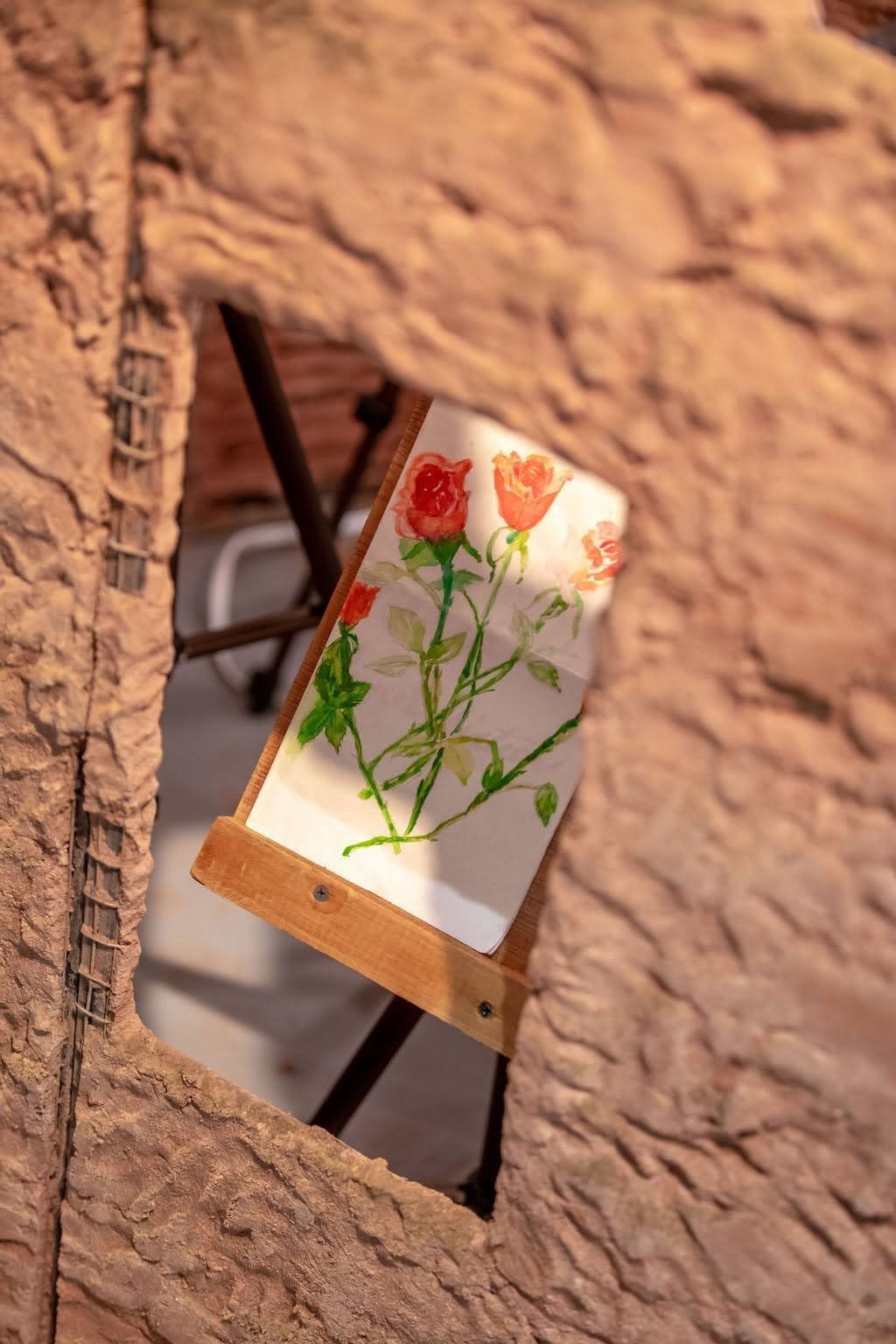
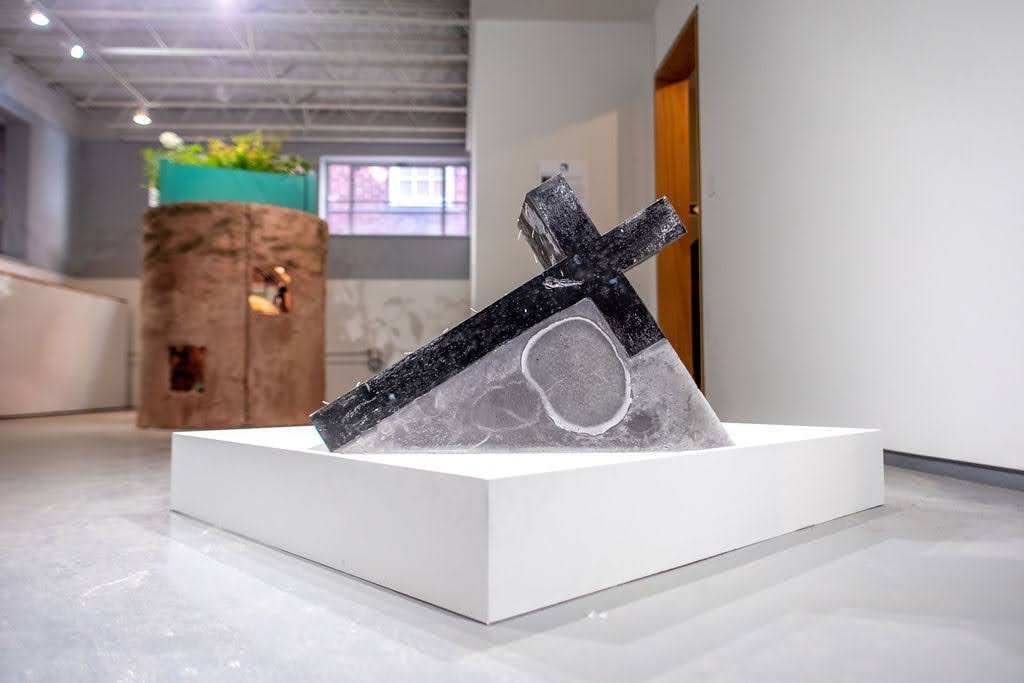
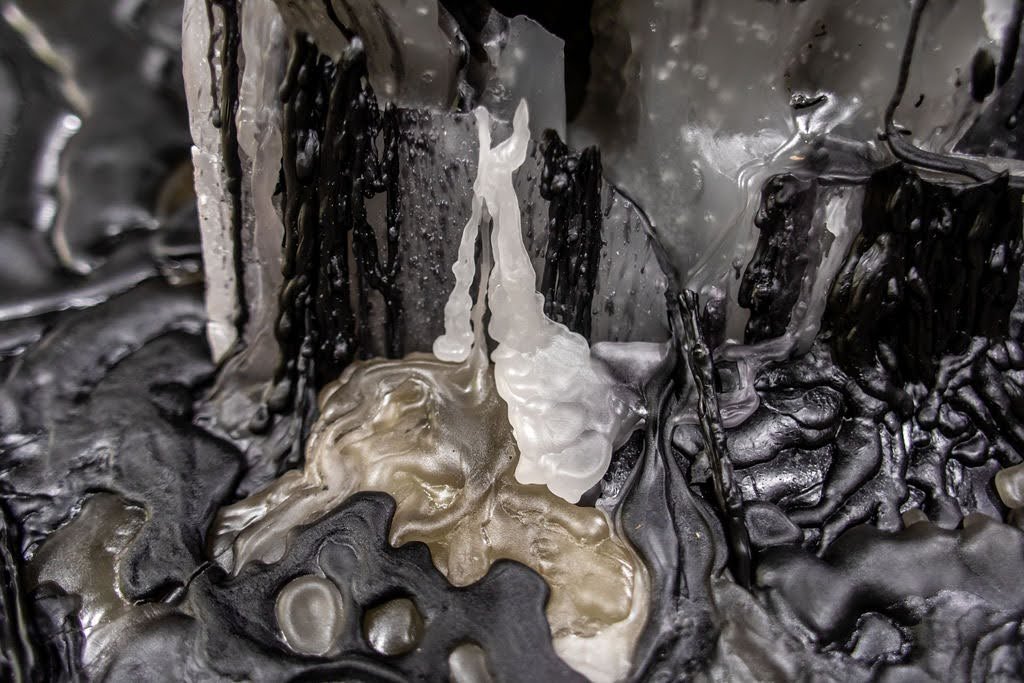
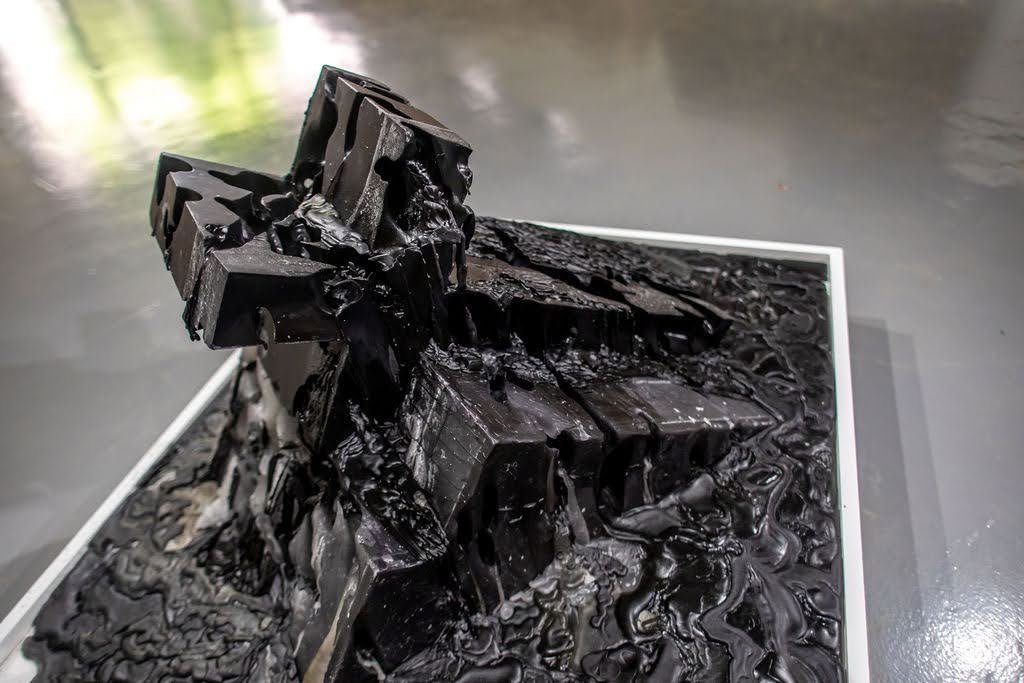
Photos by Derrick J. Waller Photography


